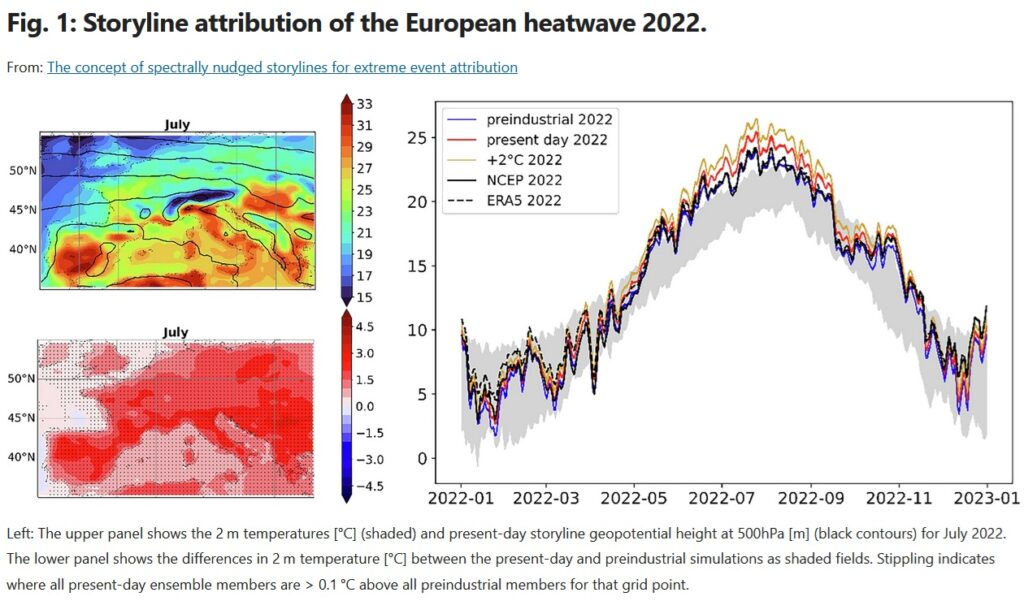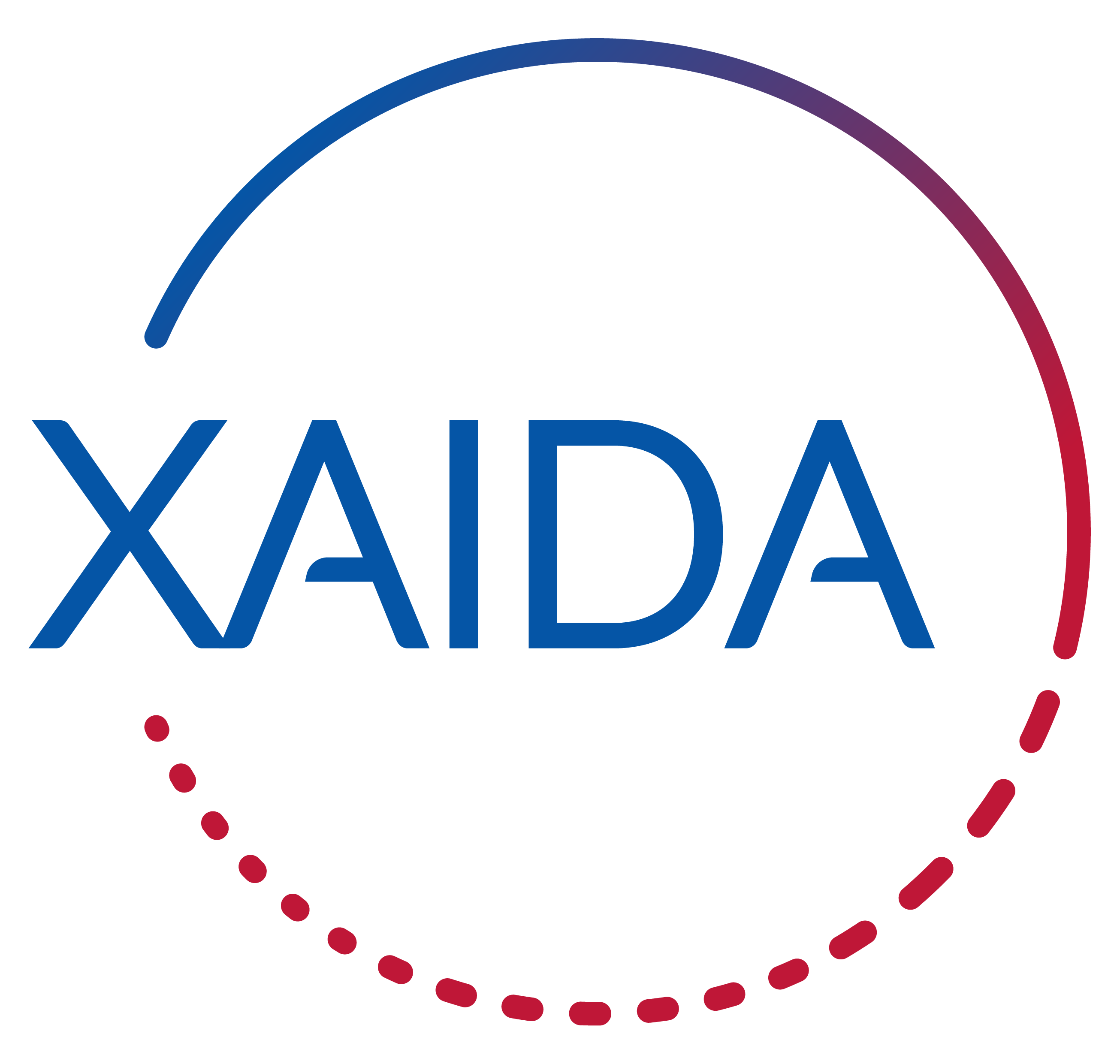PAPER: The concept of spectrally nudged storylines for extreme event attribution
The paper is led by Frauke Feser (Institute of Coastal Systems, Helmholtz-Zentrum Hereon, Geesthacht, Germany) part of the CLINT project & Theodore G. Shepherd (Department of Meteorology, University of Reading, Reading, UK) part of the XAIDA project.
Reference: Feser, F., Shepherd, T.G. The concept of spectrally nudged storylines for extreme event attribution. Commun Earth Environ 6, 677 (2025). https://doi.org/10.1038/s43247-025-02659-6
This paper is a collaboration between the two sister projects XAIDA and CLINT.
« Spectrally nudged storylines represent a philosophical shift in climate science. They embrace the fact that people don’t experience probabilities—they experience events. And when those events devastate lives, what matters is not an abstract change in likelihood, but the tangible role of human-driven warming in making them worse.By anchoring attribution in the lived memory of disasters, this approach offers both sharper science and stronger storytelling. It brings climate change out of statistical abstraction and into the narratives that shape communities and policy. As the climate crisis deepens, we’ll need every tool to make the invisible visible, the abstract concrete, and the distant immediate. Spectrally nudged storylines may be just the compass we need. »
Quote from the CLINT website
This new perspective paper of Frauke Feser and Ted Shepherd presents a new method called ‘spectral nudged storylines’ for attributing extreme events.
Usually, the attribution of extreme events compares our current climate to a counterfactual world without human influence. Probabilities are used to estimate the influence of human activities on extreme events.
Instead of focusing on probabilities, the storylines approach anchors the analysis to specific historical events.
Spectral nudging guides large-scale atmospheric models to match observations. It always points towards the actual large-scale flow that caused the event.
The spectrally nudged storylines method allows real disasters to be re-simulated in different climate states without losing the specific sequence of events.
The authors thus resimulated the 2022 European heatwave and showed that anthropogenic climate change had increased the intensity of the heatwave by an average of 1.25°C, and locally by up to 5.7°C.
Key words:
- Climate Extreme Event
- Attribution & Climate Change
- Spectral nudging & Storylines
- Heatwave & Anthropic influence

From the paper | Figure 1 – Storylines attribution of the European heatwave 2022.
Abstract:
‘Spectrally nudged storylines (constraining the large-scale atmospheric circulation to follow that of a particular weather event) represent a relatively new attribution method. They differ from conventional, probabilistic attribution approaches which consider a class of similar, generally univariate, extremes. Instead, their focus is on particular, historic extreme events of large impact which are still vividly anchored in collective memory. The innovation of the method is the feasibility to quantify the role of anthropogenic climate change for specific extreme events of the recent past, and it draws on experience from regional climate downscaling. Spectrally nudged storylines thus offer a new, easily implemented and easily understandable way of communicating climate change to the general public and decision-makers, as well as a pathway for detailed attribution of climate impacts. The technique offers great potential as an addition to the established attribution methods by answering different questions and providing new attribution results.’
